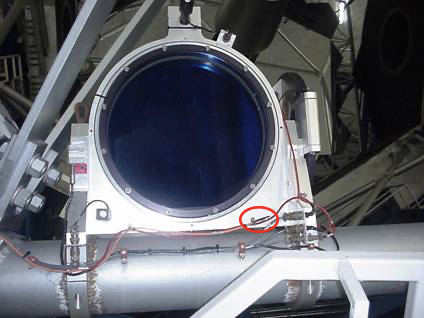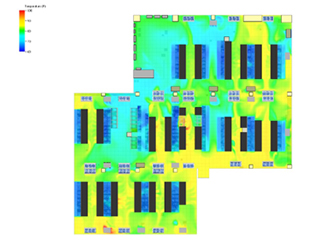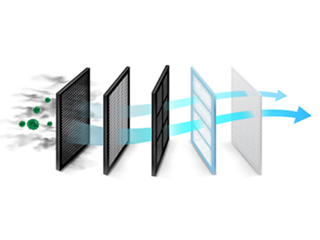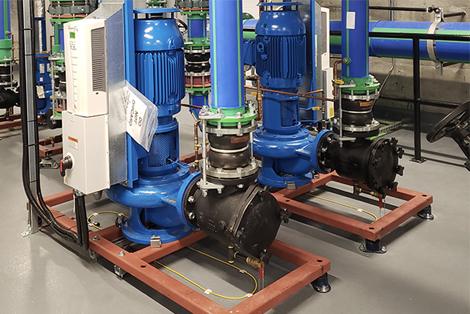

The AKCP Dual Temperature and Humidity Sensor circled in red
In March of 2014 AKCP published a case study featuring the installation of sensorProbe2 monitoring device with dual temperature and humidity sensor at the Keck Observatory in Mauna Kea, Hawaii.
A recent PBS documentary entitled “Black Hole Apocalypse” demonstrated the use of the Keck Laser Telescope and how they utilize the technology to offset the rippling distortion caused by movements of the atmosphere. The military-grade de-classified technology is known as adaptive optics. A laser is shone into the sky to act as a guide star. The turbulence in the atmosphere distorts this guide start. A computer analyzes the image, as it knows what the guide start should look like it controls a deformable mirror which can change shape up to 2,000 times per second. The adaptive optics bends the mirror in the exact opposite of the deformed incoming image, thus the waves cancel each other out resulting in a flattened, sharp image.
AKCP’s monitoring technology was deployed at the WM Keck Observatory to monitor the humidity at the lasers boresight, constantly monitoring the humidity levels. High humidity at the boresight causes the laser to fail to propagate and the telescope to be down until the laser can be de-fogged.




